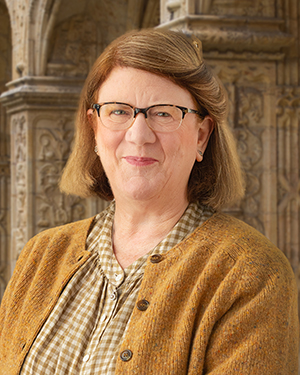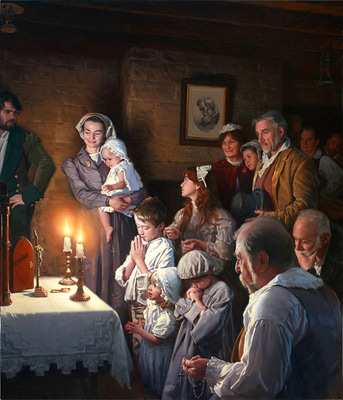 Beauty can raise the heart and mind to contemplate the divine, opening up a pathway for an encounter with God, according to Catholic experts in a variety of artforms.
Beauty can raise the heart and mind to contemplate the divine, opening up a pathway for an encounter with God, according to Catholic experts in a variety of artforms.
Speaking as part of a new video series, ‘The Way of Beauty’, Professor Tracey Rowland says while some enter the Catholic Church through an intellectual path, the majority enter through the gate of beauty.
“The idea that evangelisation requires us to give people an experience of beauty and goodness, along with truth, is standard Catholic thinking,” Professor Rowland says.
“An experience of beauty creates in us a desire for the transcendent, for the eternal, for something beyond us. We become aware of our own limitations and our need for an experience of something that is much greater than ourselves.”
Some of the more common expressions of beauty are found in visual art, music and literature. Dean of Studies at Campion College Australia and poetry expert Dr Stephen McInerney says while a comprehensive definition of beauty can be challenging to capture, there are some universal characteristics of beautiful literary works.
“In a work of fiction, beauty is conveyed through a pleasing plot design, characterisation and other elements like surprise and wonder, reversals of fortune and things of that nature. It’s also the pleasing arrangement of words, even at the level of the sentence and phrase,” he explains.
“And an appeal to our senses through images, but also the aural sense through the pleasing arrangement of words and the sounds that they make, and all the other senses really, through synesthesia, that are evoked through language.”
While beautiful imagery may be a part of some literary works, enhancing their attraction further, the visual arts, such as painting, sculpture and photography, are often beautiful on their own.
Internationally acclaimed portrait artist Paul Newton says while each person will have their own artistic preferences, great art tends to stand out from the crowd.
 “Beauty is very hard to define… but I think it comes down to something that resonates deep with the human heart and soul, something that feels balanced, there’s a sense of radiance. It’s something that you innately recognise when you encounter it,” he says.
“Beauty is very hard to define… but I think it comes down to something that resonates deep with the human heart and soul, something that feels balanced, there’s a sense of radiance. It’s something that you innately recognise when you encounter it,” he says.
“There are other elements of beauty, things like balance, composition and harmony within the range of colours that might be in a painting for example.
“Great art really speaks to the soul. An attribute of that type of art is that you can look at it over and over, and each time you do, you see something more in it.”
In a similar fashion, beautiful music tends to have a timelessness about it. Musician and composer Angela Gorman says she was greatly inspired by classical music works, such as Handel’s ‘Messiah’, which was composed almost 300 years ago in 1741.
“I hadn’t done a lot of study of the classical works in primary and secondary school, so for my world to open up to those classical works was really something quite extraordinary,” she recalls.
“I’ve also been fortunate enough to attend a couple of national pastoral musician conferences in the US. Walking into the large auditorium where there are 6,000 people, and we open up our booklets to sing the first hymn of the opening liturgy, and without rehearsing any of this music, thousands of people would sing it in four-part harmony.
“That was an incredible, life-changing experience for me.
“Musical works that are very well-crafted, in singable range, with quality of text… this is what makes a work beautiful. I think the other element about that is singing together with other people. I feel that’s what takes it from wonderful to magnificent.”
For more reflections on beauty and evangelisation, check out the six-part video series, ‘The Way of Beauty’, available now on Evangelise Plus.
Images: Supplied; ‘First Catholics’ by Paul Newton.
Words: Matthew Biddle



